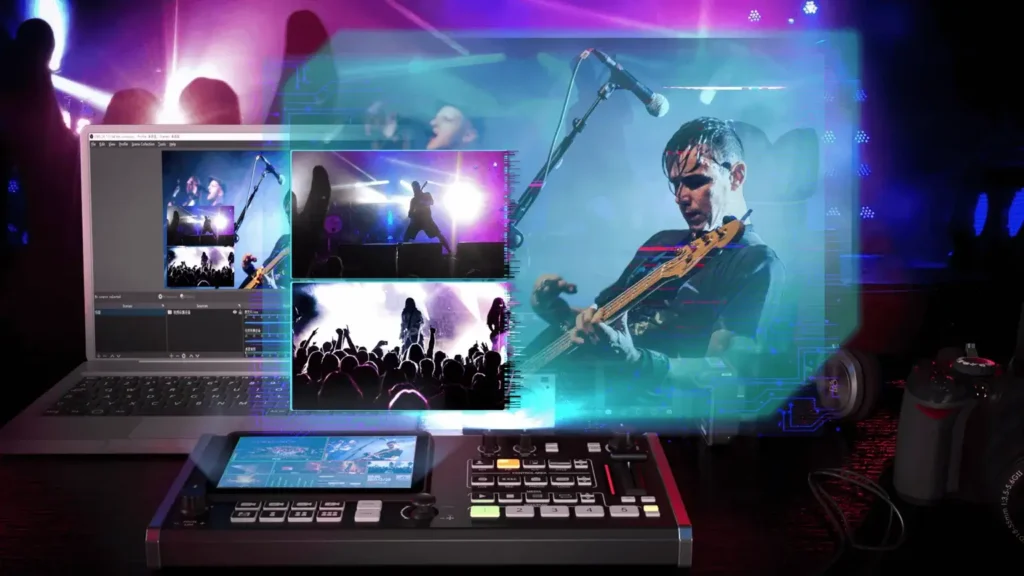Live stream switching is an art form that can elevate your broadcasts from ordinary to extraordinary. Whether you’re a seasoned professional or just starting out, mastering the techniques of live stream switching can significantly enhance the quality and engagement of your content. Here are some tips and tricks to help you become a proficient live stream switcher:
1. Plan Your Shots
Before going live, create a shot list outlining the sequence of camera angles and scenes you’ll use during your broadcast. Planning your shots in advance helps ensure smooth transitions and keeps your audience engaged.
2. Practice Transitions
Smooth transitions between camera angles are key to maintaining viewer interest and professionalism. Practice transitioning between shots using different techniques such as cuts, fades, and wipes to find what works best for your content.
3. Use Lower Thirds and Graphics
Incorporating lower thirds and graphics can add visual interest and context to your live stream. Use lower thirds to introduce speakers or display important information, and incorporate graphics to highlight key points or branding elements.
4. Master Audio Mixing
Pay close attention to audio levels and mixing to ensure that your audience can hear clearly and consistently throughout the broadcast. Balance audio levels between different sources and use audio effects sparingly to enhance the listening experience.
5. Engage with Your Audience
Interact with your audience during the live stream by responding to comments and questions in real-time. Engaging with your viewers creates a sense of community and keeps them invested in your content.
6. Experiment with Effects
Don’t be afraid to experiment with effects such as transitions, overlays, and filters to add visual flair to your live stream. However, use effects judiciously to avoid overwhelming your audience or distracting from the main content.
7. Invest in Quality Equipment
Invest in high-quality cameras, microphones, and switchers to ensure professional-looking and sounding live streams. Quality equipment can make a significant difference in the overall production value of your broadcasts.
8. Test Before Going Live
Before going live, conduct thorough testing of your equipment and setup to identify and address any technical issues. Run through your entire broadcast workflow to ensure everything is working smoothly and as expected.
9. Stay Calm Under Pressure
Live streaming can be unpredictable, and technical issues may arise unexpectedly. Stay calm and composed under pressure, and be prepared to troubleshoot and adapt on the fly to keep the broadcast running smoothly.
10. Seek Feedback and Iterate
After each live stream, solicit feedback from your audience and peers to identify areas for improvement. Use feedback to iterate and refine your live stream switching techniques for future broadcasts.
By implementing these tips and tricks, you can become a master of live stream switching and deliver engaging and professional broadcasts that captivate your audience. Happy streaming!




